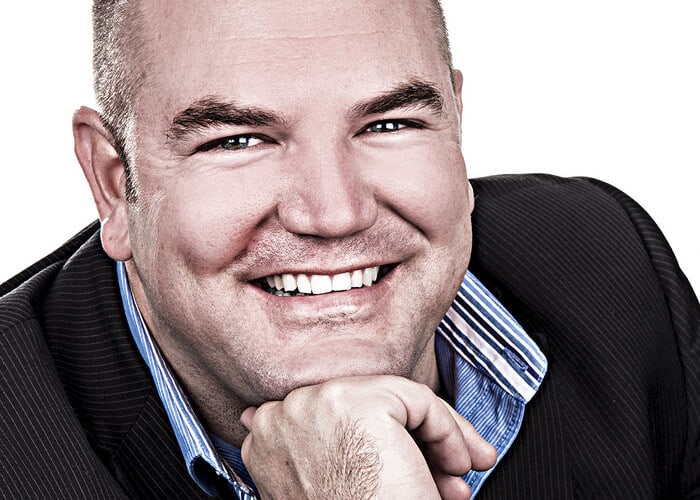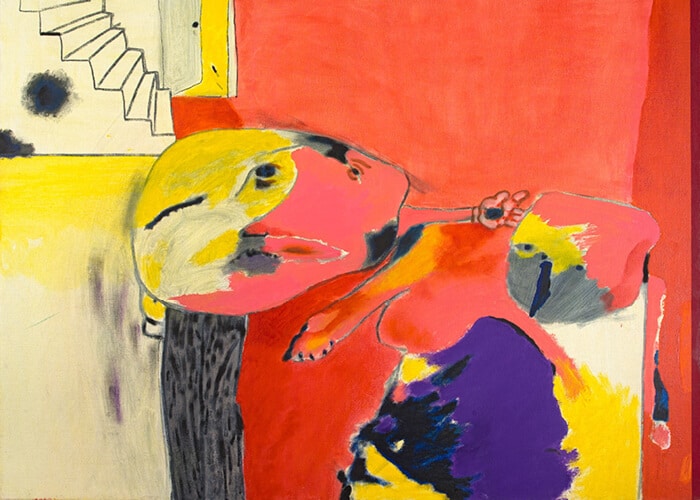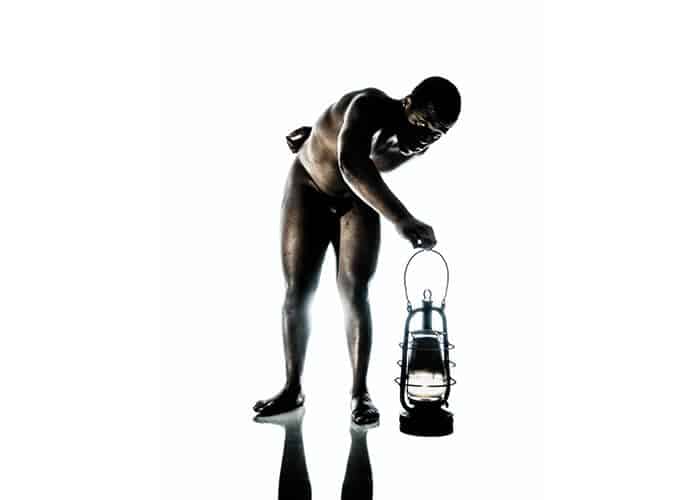
Our Art Fair focuses on contemporary art from, or linked to, the continent. This definition has been loose yet focused enough to give the FNB Joburg Art Fair a unique identity amongst the many fairs around the world. We are not really interested in questions like “what qualifies an artist to call themselves an African Artist” but are rather more interested in the quality of the work and the link to the continent.
I think that it is naïve to try and create an ‘African Identity for African Art’. Good artists make good art. Obviously the work of William Kentridge is closer to the Western sensibility than that of Yinka Shonibare. One is white and based in Africa and the other is black and based in London, so who is more African? Who cares! They both make good art that contributes to the growing interest in artistic production from the continent and the diaspora.
Thanks to a young demographic and massive diversity, Africa has a great potential for a thriving creative industry and art economy, but as always, there are challenges. Apart from the obvious ones of resources and infrastructure, I think that there are more subtle ones that are equally concerning. For example, the banning of homosexual activities in the majority of African countries and the difficulty in getting visas to travel within the continent also limits the Art Industry.
We need to lose this notion that Africa will unite, and that the nearly one billion of us living on this continent will reach a common identity. Art will be produced on the continent, and beyond its borders, under many identities. If it makes sense, artists will use ‘African Contemporary’, ‘Nigerian’, ‘African Diaspora’ or simply ‘Contemporary’ to explain their work. Artists in different countries on the continent will stay and make good art, if there are enough buyers and enough freedom for them to express themselves. If not, they will migrate to new countries where they have better opportunities.
For this reason, platforms such as the FNB Joburg Art Fair continue to try and grow an African buyer base as opposed to flying in big buyers from Europe and the US. Not only are local buyers important for injecting cash into African art economies, but buyers are often politically connected and lobby for institutions like the Tate Modern in London.
In South Africa now, we are seeing both government and the private sector getting involved in the arts in ways that work for their respective aims. The FNB Joburg Art Fair has had a fantastic relationship with First National Bank, and now we have a new partnership with Grolsch, which brings an exciting Special Project to the Fair: Dialogues with Masters: Visual Perspectives on 20 years of Democracy. Private collections and museums are also growing, so we can count on art being produced and bought for some time to come at our Art Fair and other venues across the country.
Finally, I don’t have an opinion on what sort of art people on this continent should be making. The beauty of the art world is that artists are full of ideas; and curators, fair directors, galleries and buyers have the luxury of choosing what they want. I suppose my single wish would be for more collectors from Africa, as without them the industry will struggle.
Ross Douglas is the director of Artlogic, a JHB-based events company responsible for producing the FNB Joburg Art Fair. Silvia Pillon is a curator at Artlogic and curates the Fair, which is the first annual contemporary art fair of its kind in Africa. Since its inception, Artlogic has built a wide portfolio of fairs and it heavily focused on growing the company outside the borders of South Africa.



